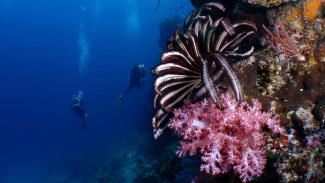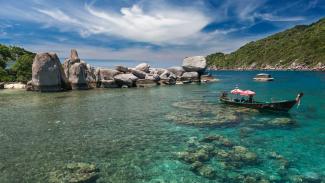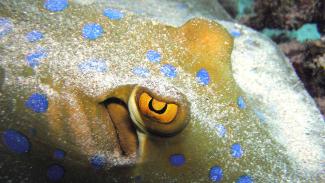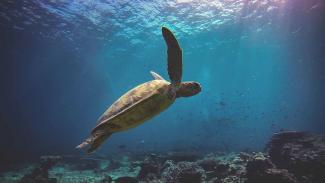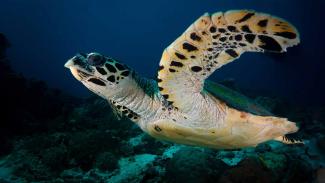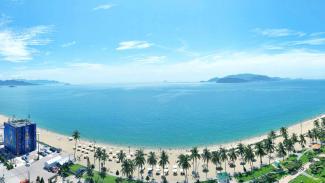
Huy Kutis
Nha Trang, just south of Vietnam’s most easterly point, is the country’s main diving mecca & its most popular tourist spot.
Just off the coast of this bustling tourist destination is the Hon Mun Marine Park, a beautiful group of islands with very good diving, especially for fans of smaller life.
Nha Trang is the most popular spot in Vietnam to learn to dive.
Highlights
Best diving spots
The curiously named Electric Nose dive site is a pinnacle that rises from around 50m right up to the surface. The steep sides of the pinnacle are covered with lovely soft corals and plenty of macro life, particularly Nudibranch’s of many different species. Reef life is also very healthy here.
Madonna Rock - two peaks jutting out the water - is another popular site. The main feature of the site is its swim-throughs and caves filled with glassfish and hiding many small critters. Goat Rock is another good dive, a wall down to 40m with many crevices and small overhangs to hunt for macro delights.
Moray Beach is a sandy slope with coral bommies down to 18m that is popular for training dives. Giant Morays are the most common & easily found marine life here, but numerous other treats await the eagle-eyed observer. Frogfish, Ribbon Eels, Stonefish & Leaf Scorpionfish are among the critters that call this area home. Rainbow Reef slopes down to 20m and, as its name suggests, is a very colourful site, with many hard & soft corals.
Around 80km to the north of Nha Trang is Whale Island, which has some very nice diving. The giants that gave the island its name are not often seen nowadays, but there is still plenty of interesting things to see. Just off the beach, it’s possible to find plenty of macro critters for photographers, including Seahorses & Frogfish.
Hon Trau Nam, otherwise known as Three Kings, is one of Whale Island's most popular dive sites. Colourful soft corals abound on the lower reaches of these pinnacles and numerous critters can be found hiding amongst them. Sting Rays cruise along the bottom, while overhead, it’s possible to encounter Eagle Rays & Stingrays. Stonefish can also be found here.
Further afield, White Rock is a wall dive descending down to 40m, with numerous outlying pinnacles to explore too. Pelagic life can be seen here, large Stingrays are common, Soft Corals & Gorgonians are abundant and plenty of smaller life can be found.
When to dive
The diving season around Nha Trang runs from January to October, with April to August bringing the best conditions. The wet season is from December to February.
Getting there
Nha Trang has an airport which connects to both Saigon & Hanoi. There is also a train station with regular trains to & from Saigon, or it is possible to travel to the area by bus.
Activities
There is plenty to do in Nha Trang, with great shopping & restaurants, 6km of beaches, snorkelling & water sports and lively nightlife. Whale Island is a haven for nature lovers and those wishing to enjoy peace & quiet in an idyllic tropical setting.
Resort and liveaboard options
Nha Trang is quite a large city that is well set-up for tourists and you can find plenty of accommodation options, no matter what your budget is. Whale Island to the north has just one resort with simple bungalows on the beach. It is very popular though so booking in advance is recommended.


